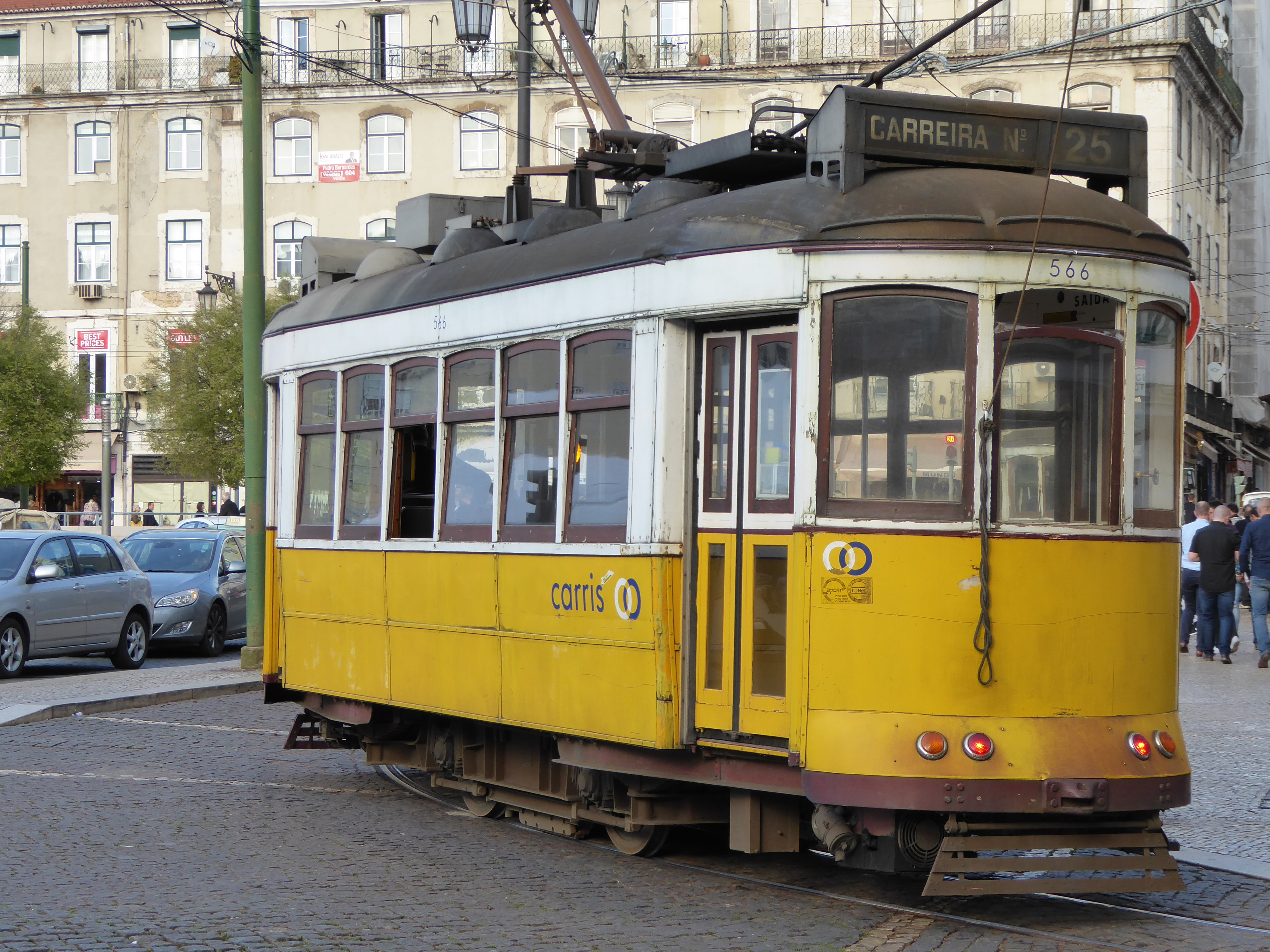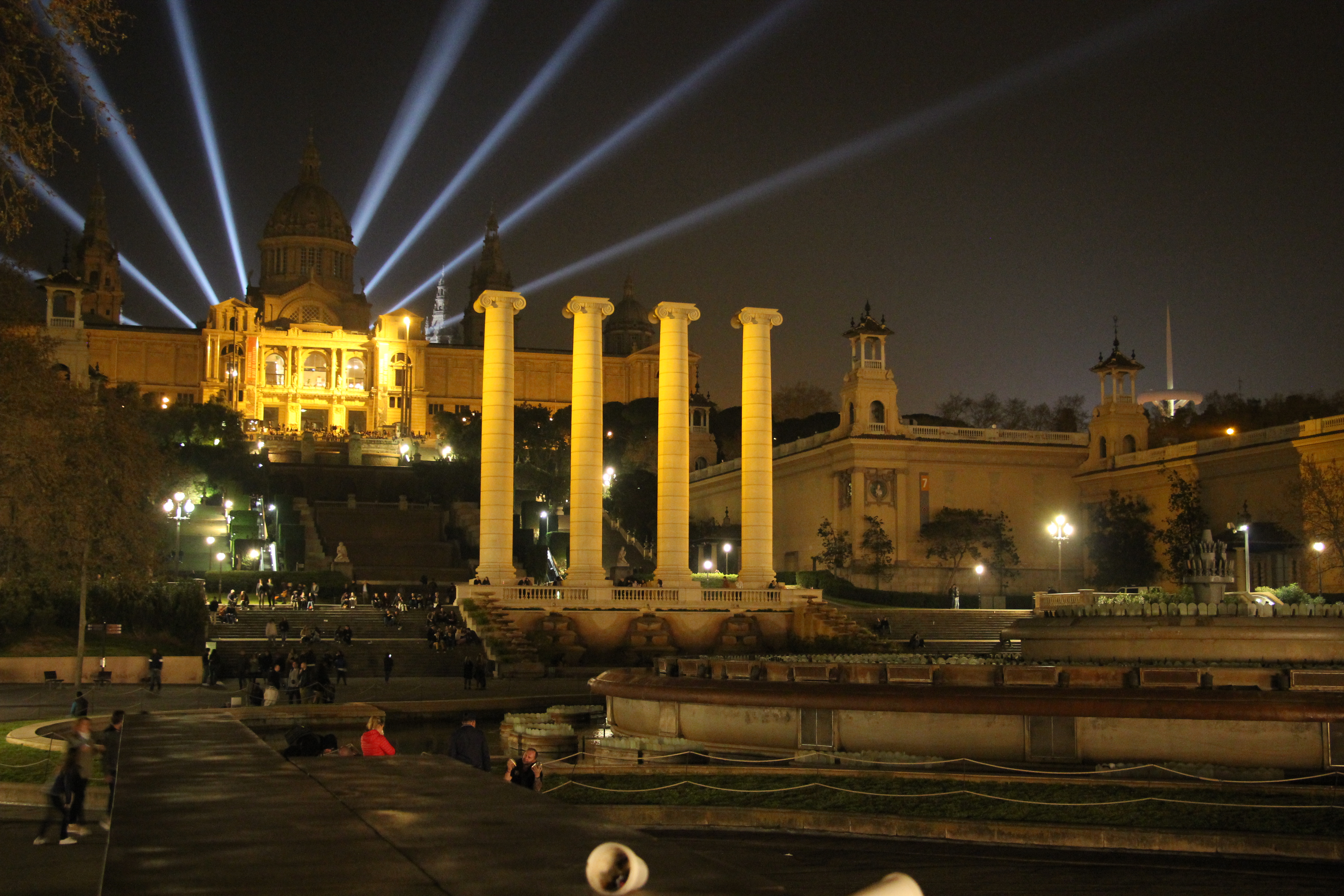Setenil de Las Bodegas
The origins of this village are unknown. From the caves that house the local cafes and craft shops people speculate that there may well have been prehistoric man dwelling in the caves, yet there is no evidence that proves the theory.
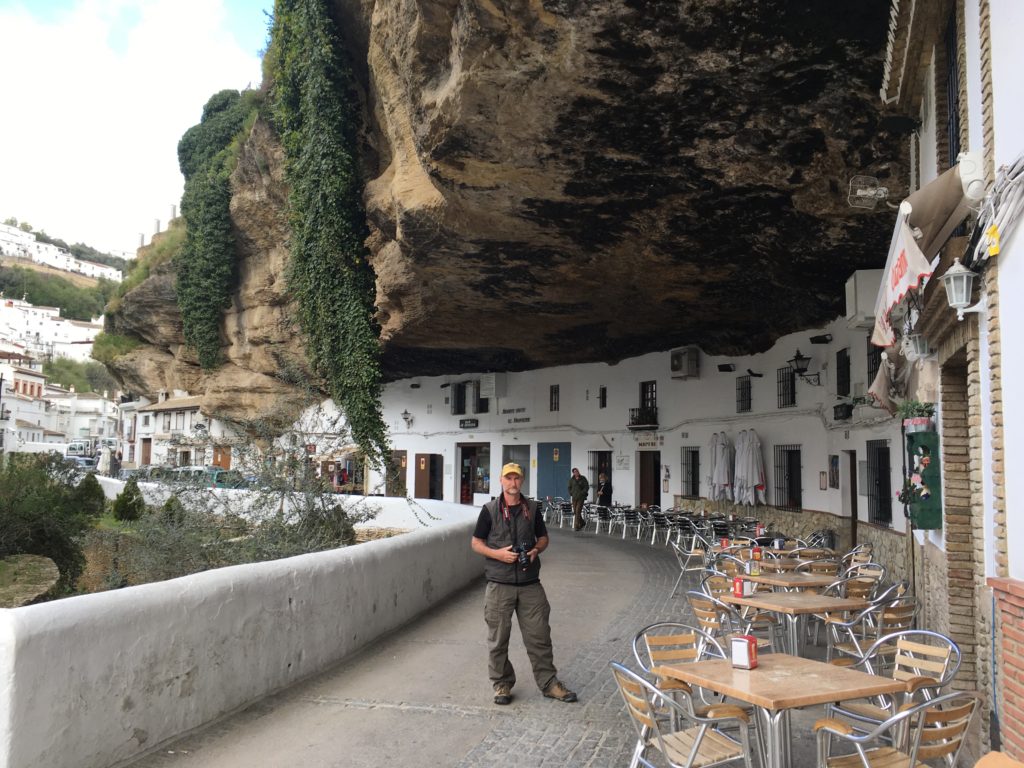
The day we visited, the cuisine at the cave bar/restaurant consisted of stuffed mushrooms filled with salmon and what seemed to be a ricotta type cheese. Followed by pork skewers garnished with green peppers and red onions. Oh and of course the traditional tapas (bread and local fresh olives). Seriously, incredible and a must stop for brunch.
The village is small and you’d be forgiven for missing it if you’re traveling between Granada and Seville, but you’d be doing yourself an injustice.
Ronda
Imagine Spain without Bull Fighting (ok, I can imagine that). Then imagine where it all started, in a small town straddled across a deep canyon like river that pierces the heart of the village.
The viewing platforms on either side of the bridge give ample opportunity to take that tourist snapshot, however to truly grasp the enormity of the gorge, take the walk to the base of the cliffs and look back up the the bridge and village perched above.
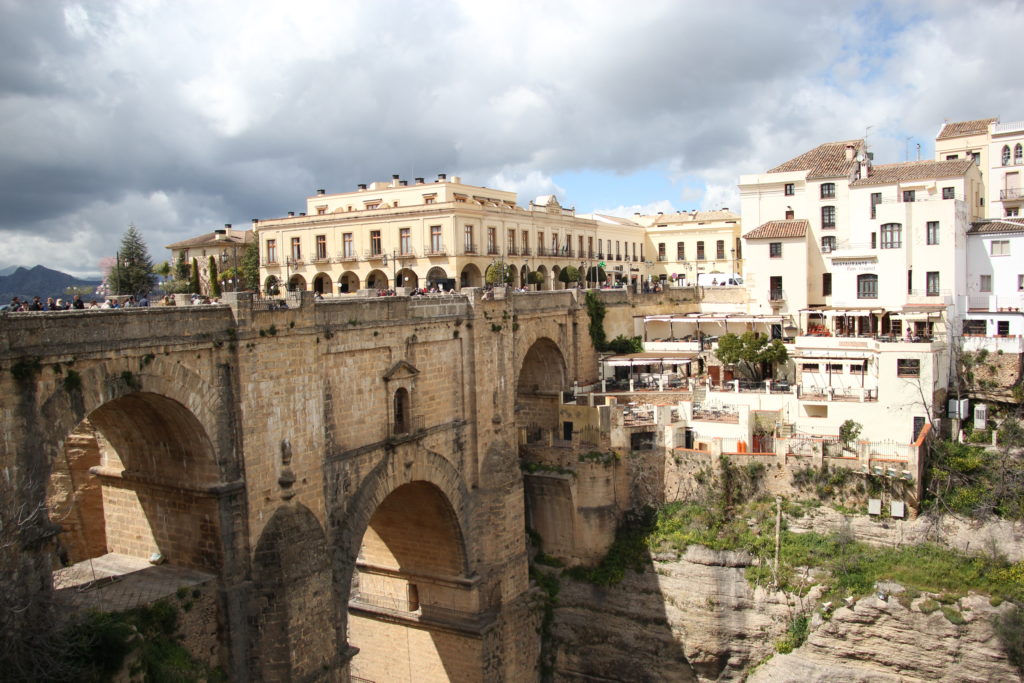
Bull fighting is not my thing, I’m more a live and let live person. The spectacle of bullfighting has existed in one form or another since ancient days. For example, a contest of some sort is depicted in a wall painting unearthed at Knossos in Crete, dating from about 2000 BC. It shows male and female acrobats confronting a bull, grabbing its horns as it charges and vaulting over its back.
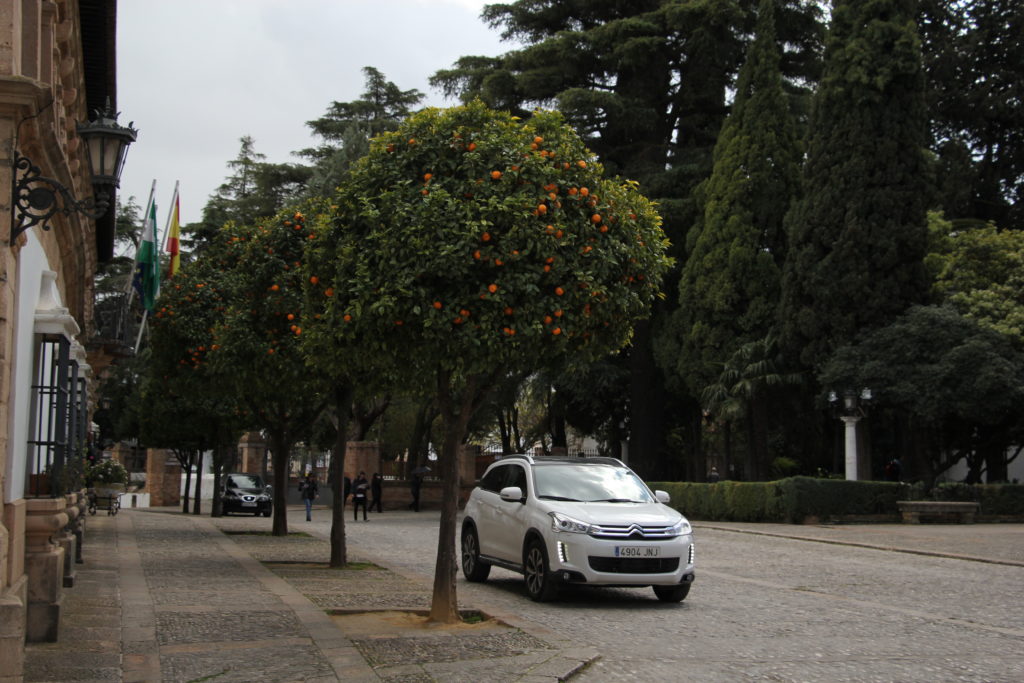
Bullfights were popular spectacles in ancient Rome but it was in the Iberian Peninsula that these contests were fully developed. The Moors from North Africa who overran Andalusia in AD 711 changed bullfighting significantly from the brutish, formless spectacle practised by the conquered Visigoths to a ritualistic occasion observed in connection with feast days on which the conquering Moors, mounted on highly trained horses, confronted and killed the bulls.
As bullfighting developed the men on foot, who by their cape-work aided the horsemen in positioning the bulls, began to draw more attention from the crowd and the modern corrida began to take form. Today the bullfight is much the same as it has been since about 1726, when Francisco Romero of Ronda, Spain, introduced the estoque (the sword) and the muleta (the small, more easily wielded worsted cape used in the last part of the fight).
So, if you want to see a guy butcher a bull, then go, but if it’s history behind the massacre then I applaud you to take the journey to Ronda.

